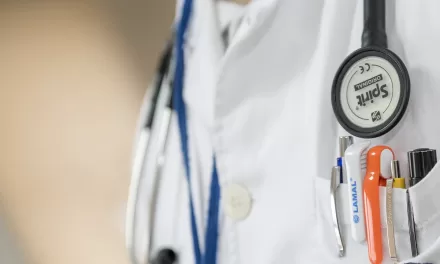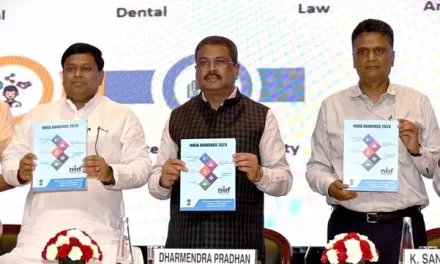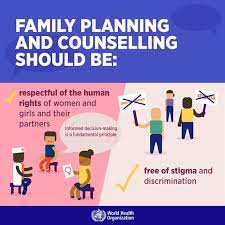In a groundbreaking move, the Association of Physicians of India (API), in collaboration with the Indian College of Physicians (ICP), has introduced new guidelines advocating the integration of yoga into the management of hypertension and Type 2 Diabetes Mellitus (T2DM) in India. These guidelines, released on Monday, mark the first instance where yoga has been officially recommended as part of a comprehensive treatment strategy for these conditions.
Addressing a Growing Health Crisis
Hypertension and diabetes are among the most prevalent lifestyle diseases in India, significantly contributing to morbidity and mortality related to heart disease, stroke, and peripheral artery disease. Recent studies reveal that over 50% of hypertensive patients in India are also diagnosed with diabetes, creating a substantial overlap that presents unique challenges in patient care. The simultaneous presence of these conditions heightens the risk of cardiovascular complications and accelerates the progression of renal disease, making effective management strategies crucial.
Integrating Yoga for Holistic Health
The new guidelines emphasize the importance of lifestyle modifications and recommend yoga as an adjunct therapy to enhance overall health outcomes. “Doctors are advised to recommend yoga’s holistic benefits to patients for overall health outcomes,” the guidelines state, published in the Journal of the Association of Physicians of India (JAPI). This integration aims to harness yoga’s potential to improve physical and mental well-being, thereby contributing to better management of hypertension and diabetes.
Comprehensive Medical Approaches
Alongside yoga, the guidelines suggest a dual therapy approach combining Angiotensin Receptor Blockers (ARBs) with newer Calcium Channel Blockers (CCBs) like Cilnidipine. Introduced in India in 2007, Cilnidipine is used to treat heart-related conditions such as angina and high blood pressure. It has shown promise not only in reducing blood pressure but also in protecting vital organs, particularly the kidneys.
The guidelines also stress the importance of early detection and comprehensive assessment of hypertension. They recommend using multiple methods to detect and measure blood pressure, including at-home monitoring. “The guidelines emphasize the importance of early detection, comprehensive assessment, and a multi-faceted treatment approach,” said Jyotirmoy Pal, President-elect (2025) of the API.
Advanced Therapeutic Recommendations
To further enhance patient care, the guidelines advocate for the use of Renin-angiotensin system (RAS) blockers, which have proven efficacy in randomized controlled trials (RCTs) for preventing and slowing the progression of diabetic kidney complications. Additionally, newer anti-diabetic agents like SGLT2 inhibitors and GLP-1 receptors are recommended for improving glycemic control and providing macro and micro-vascular protection.
A Call to Action
Healthcare practitioners across India and beyond are encouraged to adopt these guidelines to improve patient care and ensure effective management of hypertension in diabetic patients. By incorporating yoga and advanced medical therapies, the guidelines aim to provide a comprehensive, region-specific protocol to tackle the dual burden of hypertension and diabetes, ultimately enhancing the quality of life for millions of patients.












